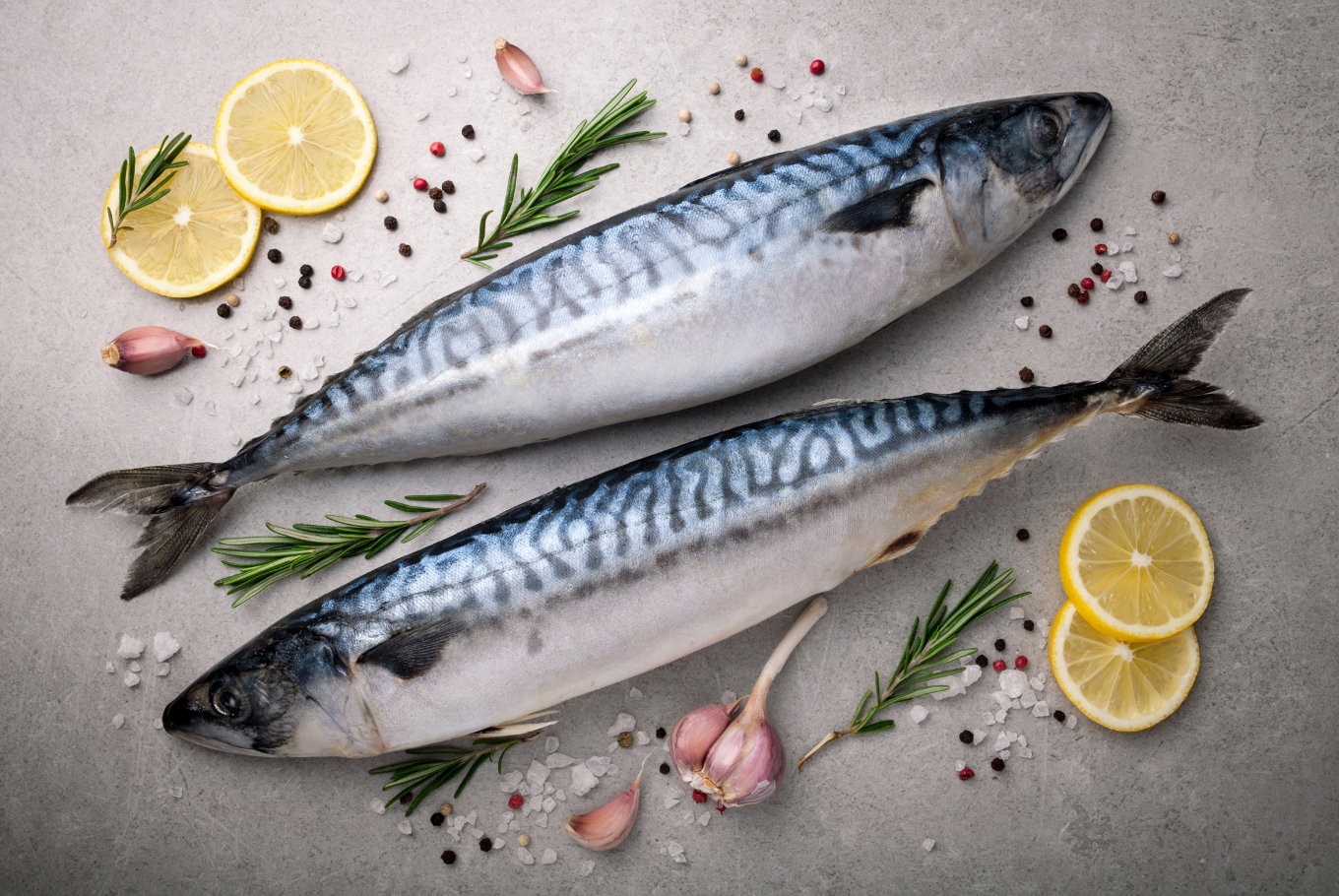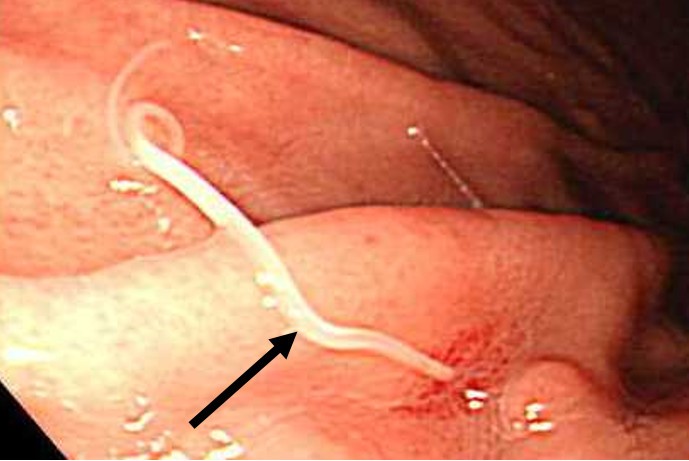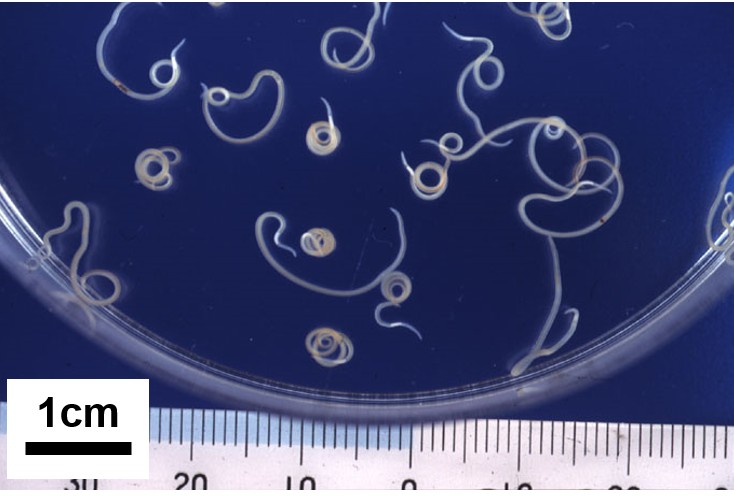Japan sees growing parasitic worm infection from eating raw fish
Change Size
 Larvae of anisakis, a white string-like parasite 2 to 3 centimeters long, are frequently found in species like mackerel, bonito, salmon, squid and Pacific saury. (Shutterstock/File)
Larvae of anisakis, a white string-like parasite 2 to 3 centimeters long, are frequently found in species like mackerel, bonito, salmon, squid and Pacific saury. (Shutterstock/File)
M
ore people in Japan are becoming infected with a parasitic worm after eating raw fish and other seafood, with medical experts pointing to a change in the way seafood is distributed nationwide, health ministry officials said Friday.
The number of reports of anisakis infection, which is accompanied by sharp abdominal pain, jumped to 124 in 2016 from six in 2007, leading the ministry to urge people to either heat or freeze seafood and examine it thoroughly for signs of the parasite before eating.
Larvae of anisakis, a white string-like parasite 2 to 3 centimeters long, are frequently found in species like mackerel, bonito, salmon, squid and Pacific saury. They infect the intestines of their hosts and move into their muscles when the hosts die.
The larvae die when thoroughly heated or frozen under minus 20 C for more than a day, but they can make it into the human body alive when the food is raw or undercooked and cause acute stomach pain as they invade the digestive system.


Read also: Next Ebola outbreak 'inevitable' but world better prepared: WHO
Experts say anisakis dies in three or four days even if left untreated, but recommend people to visit doctors and have the parasite removed using endoscopes as the infection is very painful.
Hiromu Sugiyama, an official at the National Institute of Infectious Diseases, said more seafood being transported across Japan raw rather than frozen may be the cause of the sharp increase in the number of infection reports.
Sugiyama estimates some 7,000 people become infected with anisakis annually, based on the medical bills of 330,000 people who were treated at medical institutions between 2005 and 2011.
The health ministry formally began taking tallies of anisakis infection reports from 2013 and said it has been able to confirm that it is common.
The ministry is calling on people to choose fresh fish and remove internal organs swiftly, avoid eating internal organs uncooked and look at fish closely and remove anisakis if found.









